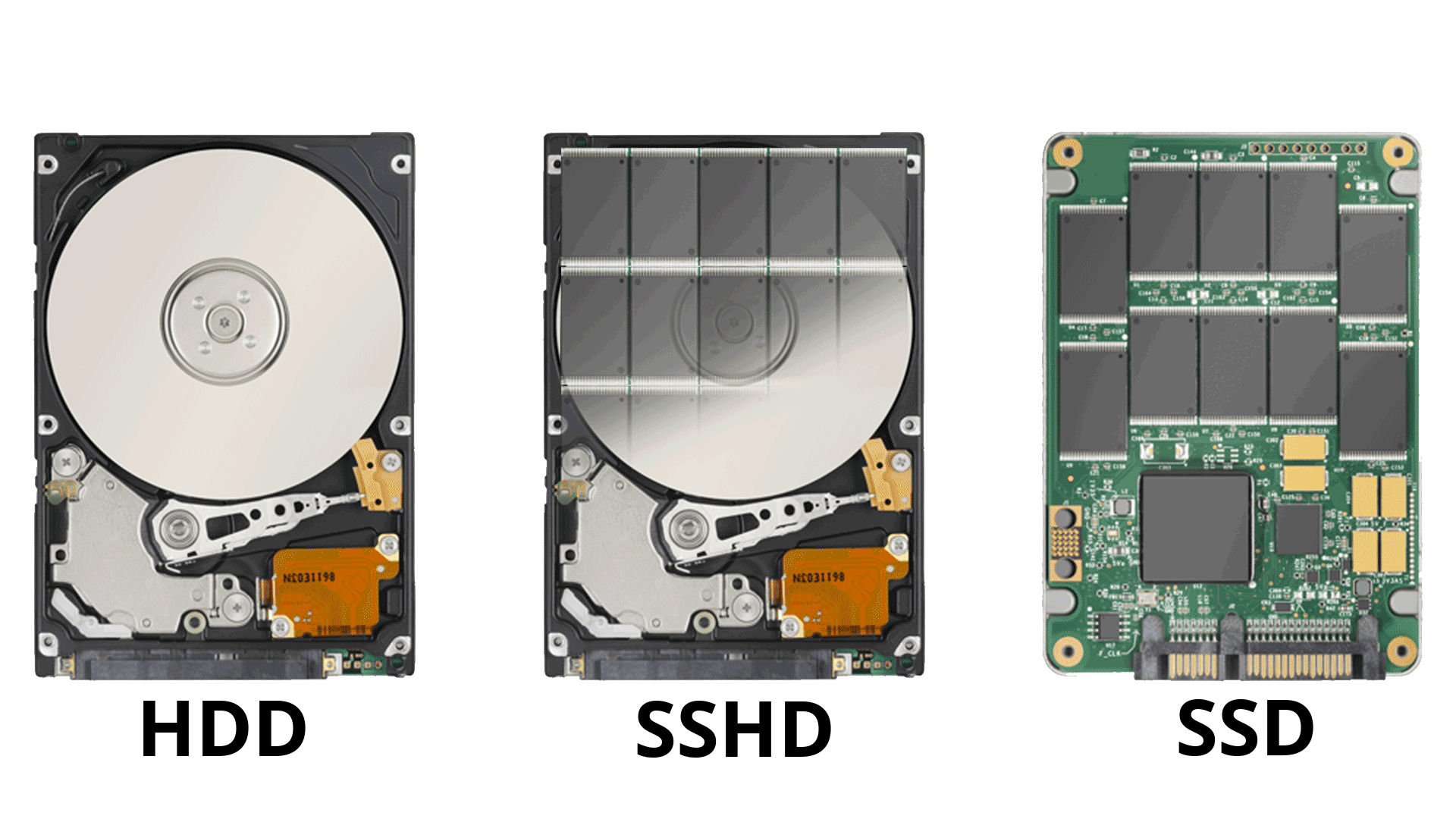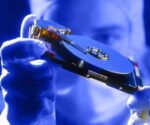
Table of contents
Hybrid drives are made of a solid-state drive and a traditional spinning hard drive and have numerous benefits. A solid-state hybrid drive (SSHD) combines a relatively smaller but faster SSD with a larger HDD that has more storage space into one device. This hybrid device is controlled using an SSHD controller. An example of such a device is the Seagate SSHD.
Another hybrid system is the dual-drive hybrid system. This consists of two separate drives- one which is an SSD and one which is an HDD. These two are combined together to create one functioning drive. Unlike the previous hybrid drive, this is controlled using an operating system (OS) and not a remote. An example of such a hybrid drive is the Apple Fusion Drive.
Teamwork Tendencies
Whether you’re looking to buy an SSHD or a dual-drive hybrid system, one of the biggest benefits it has is combining the pros of its two components. Firstly, because the SSHD is smaller, it runs on an operating system that is a lot faster and ensures the smooth working of the applications. Secondly, although the splining hard drive is slower, it is also larger and therefore can store larger amounts of data than before.
Downsides
But, like with every gadget, there are cons to these hybrid drives. The biggest one of these is that if any part of the hybrid drive stops working, the entire device will stop functioning. Additionally, if you lose data on the hybrid hard drive, the process of recovering it is a lot harder and more complicated than recovering from a regular SSD or HDD. Both of these components should be working in order to have a better chance of recovering your data properly.
Lastly, because these hybrid drives are relatively new and have only been in circulation for a few years, their long-term durability is yet to be ascertained. Only time will tell if this product is a viable option for long-term data storage.
Upsides
To counter the cons, there are pros of course. Hybrid drives will generally run faster than an HDD but slower than a pure SSD. It will also have more storage space than a plain SSD but of course, lesser than some of the larger HDDs that are available now.
When it comes to installing an SSHD, it is a fairly simple process that does not require much expertise. In fact, it is almost the same process as that followed to install single drives. There is no requirement for any additional technology or equipment. The operating system of your computer will generally recognize the SSHD as a single drive, much like the SSD or the HDD. But, a dual-drive hybrid system will need more expertise and possibly the installation of other technology. If you are attempting to do this on your own, make sure to look up several articles before attempting to do it.
Basically, by combining the two types of drives i.e. the SSD and the HDD, you will get the best of both- the speed of the SSD and the storage capacity of the HDD. Therefore, you can get the advantage of two devices in one instead of picking one over the other.
Conclution
As with any storage device, remember that the biggest risk is that it has an extremely high chance of failing. Ensure that your backup strategy for your hybrid system is in place in case you face any such issues. But, if you are unable to safeguard your data using methods of your own, make sure to go to reputed companies who will help you recover your data from any kind of hybrid drive. The type or brand of the drive is completely irrelevant when it comes to such companies recovering data. However, make sure that you have the SSD as well as the HDD parts of the hybrid drive system in order to recover data. The absence of one of the parts could make the process a lot more complicated and maybe even impossible.

